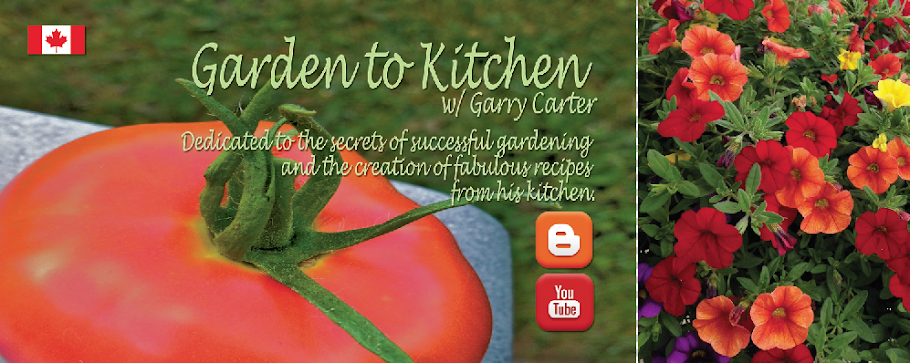A non-hybrid tomato plant is a seed/plant that has been passed down through many generations without any alterations or subsequent breeding. We call them open pollinated varieties and the seed can be saved year to year to produce tomatoes with similar characteristics. One example is the "Brandywine" Heirloom variety. Open pollinated varieties were sold by seed companies for 70+ years until 1949 when Burpee's Seeds introduced the first Hybrid tomato plant.
Hybrid tomato plants are created by human intervention in a controlled greenhouse environment. This breeding technique results in a new generation of tomato plant that will have a greater resistance to disease with increased production and quality. A hybrid is created when the pollen from one plant's flower is physically applied to the pistil of another plant which results in a new tomato variety from the two parents. Plants bred this way tend to be stronger, are less susceptible to disease, produce tomatoes of similar size, good tasting and look great. Yummy! The process takes 5-10 years of consistent breeding by professional breeders until optimum and reliable results are achieved. The hybrid tomato is then re-named and generally, it's sold through a proprietary seed company to gardeners. That's why we have so many hybrid variations. That's a hybrid.
Genetically Modified Organism (GMO) a.k.a. Genetically Engineered food is created in a scientific laboratory. It involves splitting the plant genes and the selecting of favorable portions of the DNA characteristics to create a new plant. In 1994 the USA Federal Department of Agriculture approved the first commercially grown GMO food (the tomato) to be approved for sale to the public.
 |
| 1994 Flavr Savr GMO Tomato |
 |
| 1994 California canned tomato puree |
 |
| GMO v.s. non-GMO Potato |
Although it's not legally required for growers to indicate non-GMO product content if applicable, but there appears to be a growing trend to do so because many consumers don't want GMO products.
So, next time you are in the grocery store, check the label and you make the decision if GMO is for you! One more reason to grow your own vegetables in your backyard, my friend.

